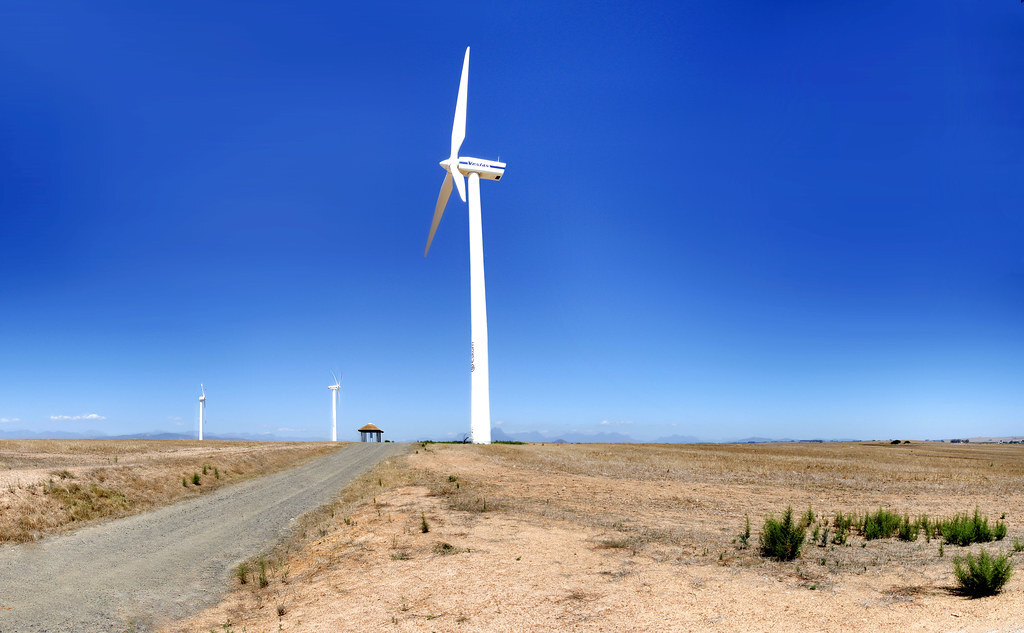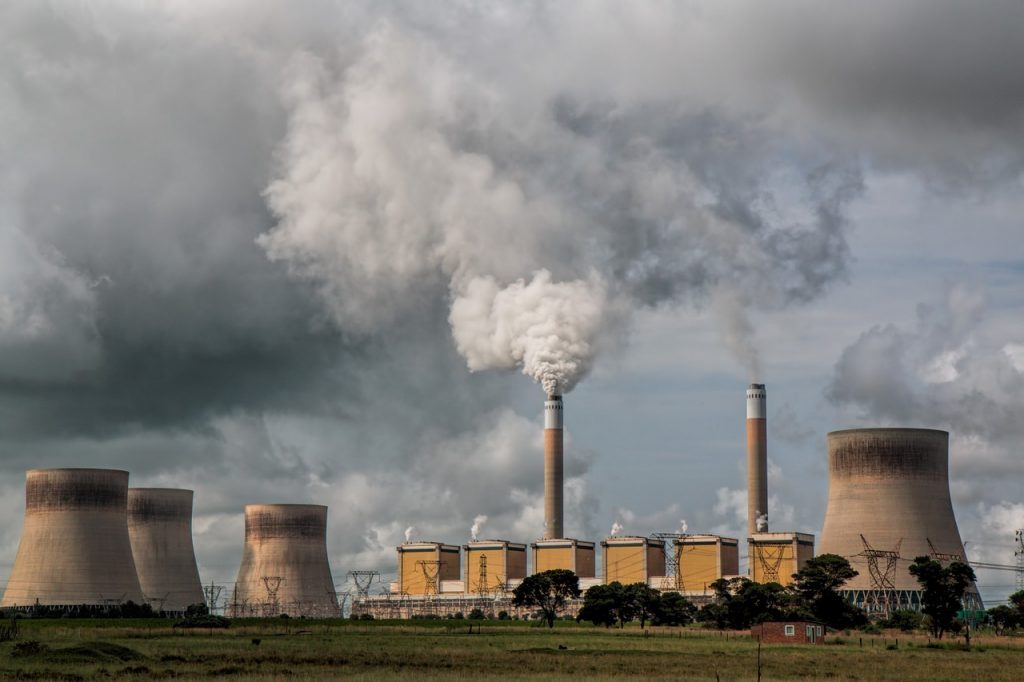It’s no secret that a global push to minimise carbon emissions is underway. It’s also no secret that South Africa’s dragging its feet in implementing a cleaner, greener transition when it comes to power production. A new report by Bloomberg details how the South African government plans to transition Eskom into a carbon-neutral power utility by 2050.
That’s 30 years from now. Reckon they can do it?
“Eskom Holdings SOC Ltd., South Africa’s debt-ridden utility, may eliminate carbon emissions at its power plants only by 2050, according to a government task force,” Bloomberg reports.
The promise comes from the utility’s Just Energy Transition program — established to manage the transition process from coal to environmentally friendly alternatives. The group is led by Deputy President David Mabuza.
Eskom’s shortfalls
There are some obvious obstacles when it comes to the national power utility. It’s currently still producing two ‘new’ coal-powered power plants in the form of Medupi and Kusile. Medupi’s construction started in 2007 and was slated for completion in 2015. Now, it’s aiming for a 2021 completion for Medupi and a 2023 completion for Kusile.
“Instead of resolving the energy shortfall in Africa’s most industrialised nation, the plants have been textbook studies on how not to execute large infrastructure projects,” details News24.
 Thing is, both of these power plants won’t help South Africa become carbon-neutral at all. In March, News24 reported that the utility ‘forgot’ to install flue gas desulphurisation technology at its Medupi power plant. As part of a deal with the World Bank for some cash, it had promised to implement the technology to help reduce greenhouse gas emissions.
Thing is, both of these power plants won’t help South Africa become carbon-neutral at all. In March, News24 reported that the utility ‘forgot’ to install flue gas desulphurisation technology at its Medupi power plant. As part of a deal with the World Bank for some cash, it had promised to implement the technology to help reduce greenhouse gas emissions.
“Currently, there is no commercially available ‘end-of-pipe’ technology available to reduce greenhouse gases (viz. Carbon dioxide, nitrous oxide and methane) emissions for coal-fired power stations. While there is an end-of-pipe technology under development internationally, called ‘Carbon Capture and Storage’ or ‘CSS’, it is only expected to be commercially available between 2025 and 2035,” Eskom said in a statement to News24.
At this point, Eskom produces about 95% of South Africa’s power. Most of the country’s power is generated by 15 coal-fired plants. “South Africa’s greenhouse-gas emissions match those of the U.K., which has an economy eight times larger,” Bloomberg reports. That’s… not ayoba.
With its terrible track record at completing any type of scale project in time, and its unwillingness to invest in renewable energy may make the government’s projection far from attainable. Who wants to take bets on whether they can complete this projection in 30 years?




